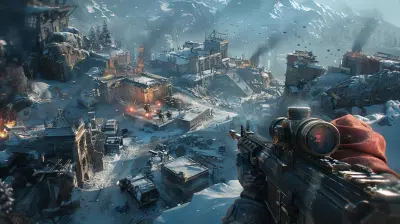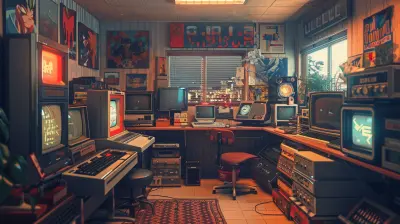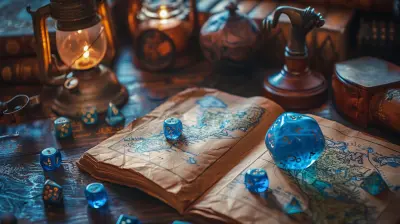The Evolution of Video Game Box Art and Promotional Materials
19 June 2025
Video games have been around for decades, and during that time, a lot of things have changed. Graphics? Sure. Gameplay mechanics? Of course. But have you ever stopped to take a good, hard look at how video game box art and promotional materials have evolved over the years? These aren’t just pretty pictures slapped on a box—they’re a window into the soul of gaming history and culture. Let’s dive into how they've grown, adapted, and maybe even revolutionized how we see video games today.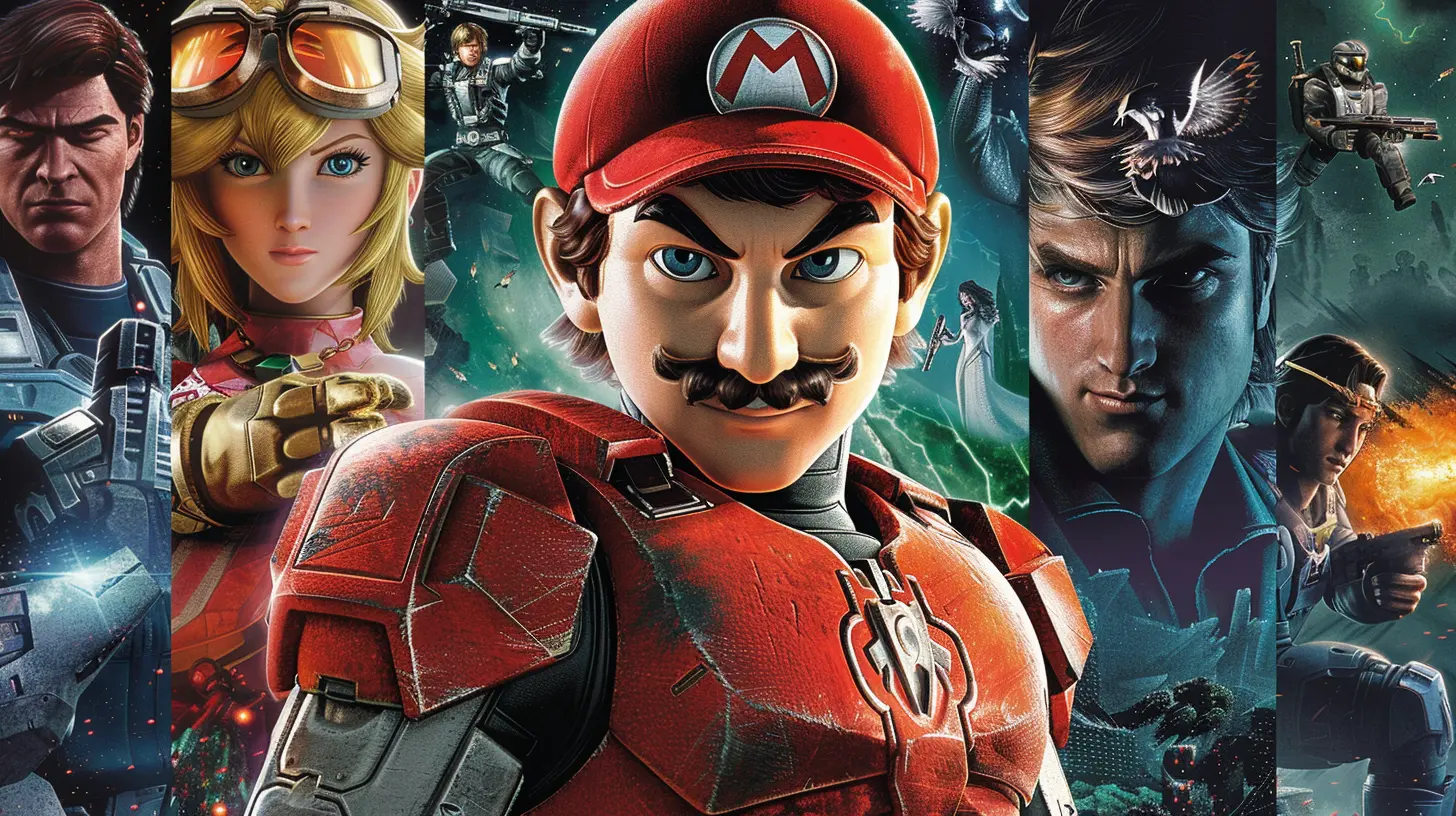
The Golden Era: Simplicity in the Beginning
Back in the late '70s and early '80s, box art didn’t have much to compete with. Gaming was still finding its footing, and the primary goal of box art wasn’t to showcase flashy visuals—it was to sell the dream.Take the old Atari 2600 games, for example. The graphics on the actual cartridges and boxes often looked nothing like the gameplay. Why? Because the game itself was made up of a bunch of blocky pixels. Developers and publishers needed to create detailed, vibrant illustrations to ignite players' imaginations. That’s how you ended up with box art that looked like a Hollywood movie poster for a game where you controlled a square that eats other squares.
Think of it as the wild west of marketing: no rules, just vibes. It worked, though. Those hand-drawn, larger-than-life designs set the tone for what early gaming felt like—full of possibility.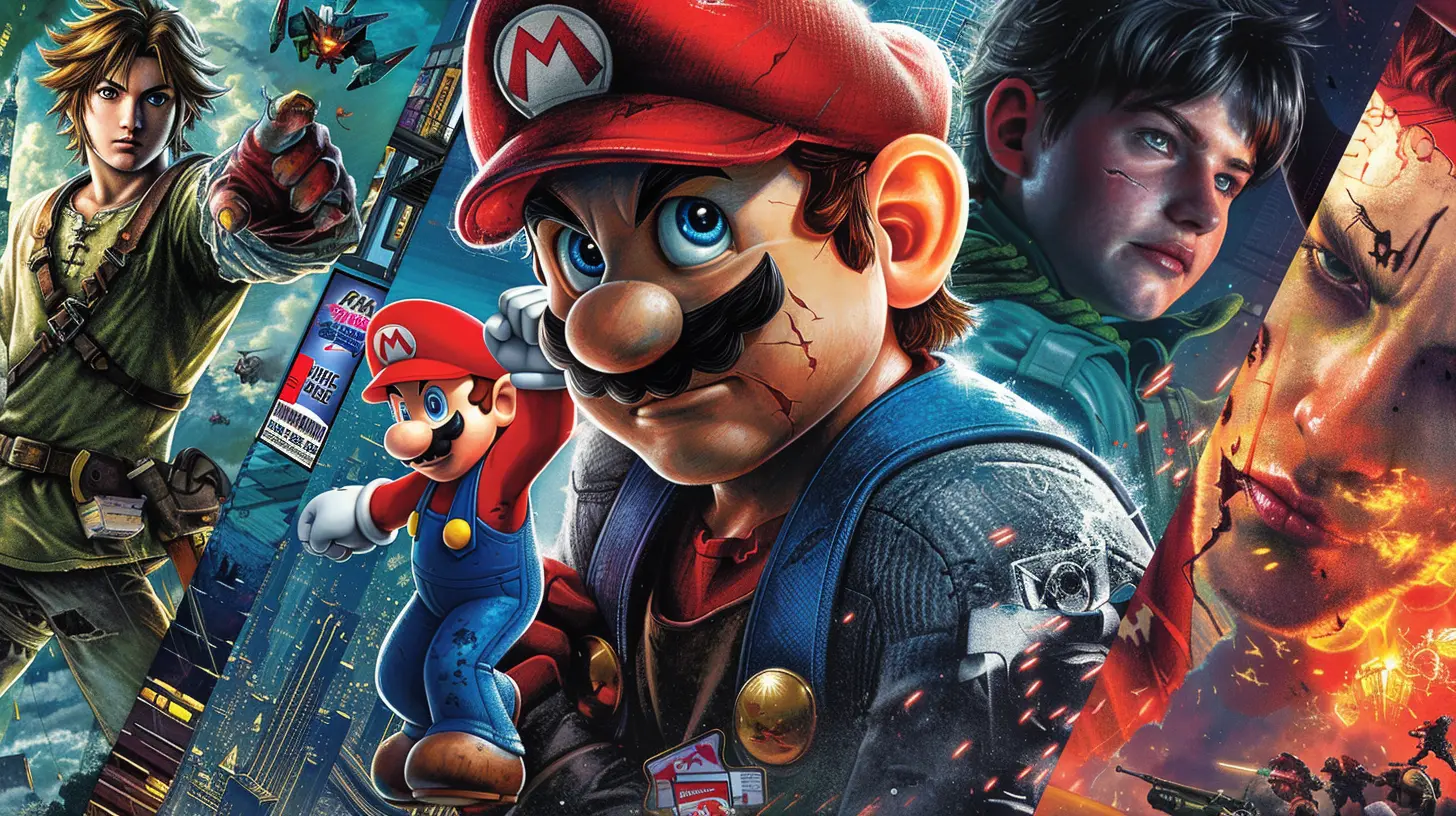
The ’80s and ’90s: From Abstract to Literal
By the mid-’80s, video games started looking more... well, like video games. Graphics improved, and so did the box art. This era was driven by two words: visual storytelling. Instead of abstract fantasy paintings, companies leaned into artwork that reflected the actual gameplay.Nintendo led the charge here, especially with the NES. Have you ever seen the box art for “Super Mario Bros.”? It’s super minimalist compared to what we’d expect today, but it was clear and to the point. It showed Mario mid-jump, surrounded by a few blocks and fireballs. What you saw on the cover was pretty close to what you’d experience in the game—a trend that would continue to grow.
But let’s not forget Sega's strategy during this time. They went for something bolder, edgier. Think “Sonic the Hedgehog.” Sonic’s iconic smirk on the box art wasn’t just about the game—it was about attitude. Sega didn’t just sell games; they sold a lifestyle, one where they were the "cool kids" compared to Nintendo’s more family-friendly vibe.
And then came the ’90s. Oh man, the ’90s were extra. Box art started to go 3D, just like the games themselves. Think about “Tomb Raider” with Lara Croft. Her iconic pose wasn’t just about showing off the character; it was about creating a brand. And boy, did it work.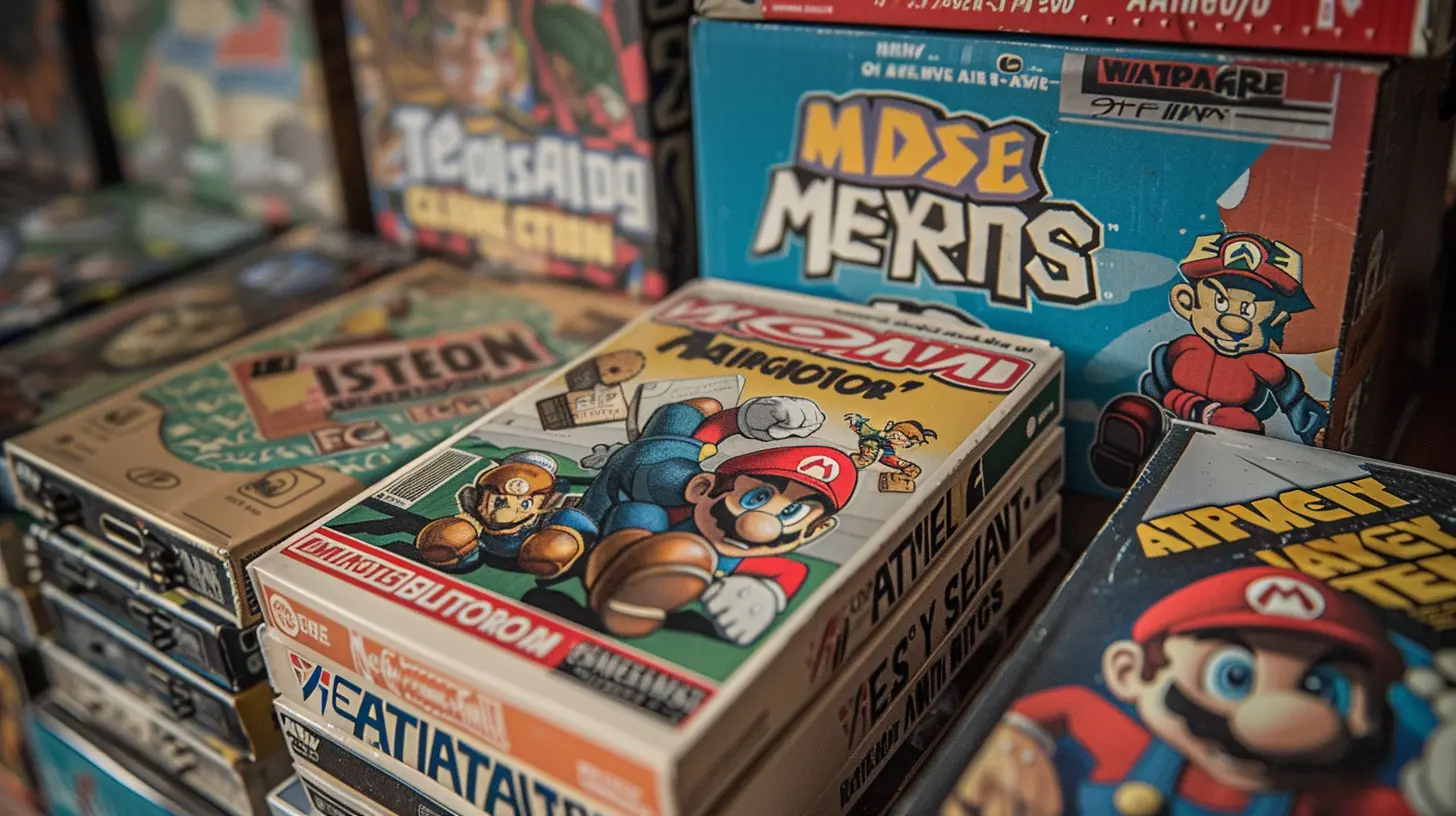
Early 2000s: Realism Takes Over
The 2000s saw games reach a new level of graphical fidelity, and that spilled over into the promotional materials. Suddenly, realism became the name of the game. Covers ditched the cartoonish charm of the ’80s and the edgy boldness of the ’90s. Now, it was all about cinematic flair.Take “Halo: Combat Evolved.” That cover art? A perfectly rendered Master Chief, weapons in hand, staring out as if daring you to join the fight. It felt modern and polished in a way that said, “This is the future of gaming.”
Another shift in this era was the rise of pre-rendered CGI characters on promotional materials. Why? Because it looked cool and showcased just how far technology had come. These covers weren’t just promotional; they were aspirational. They screamed, “Imagine what this game can do!” even if the in-game graphics weren’t quite up to that level yet.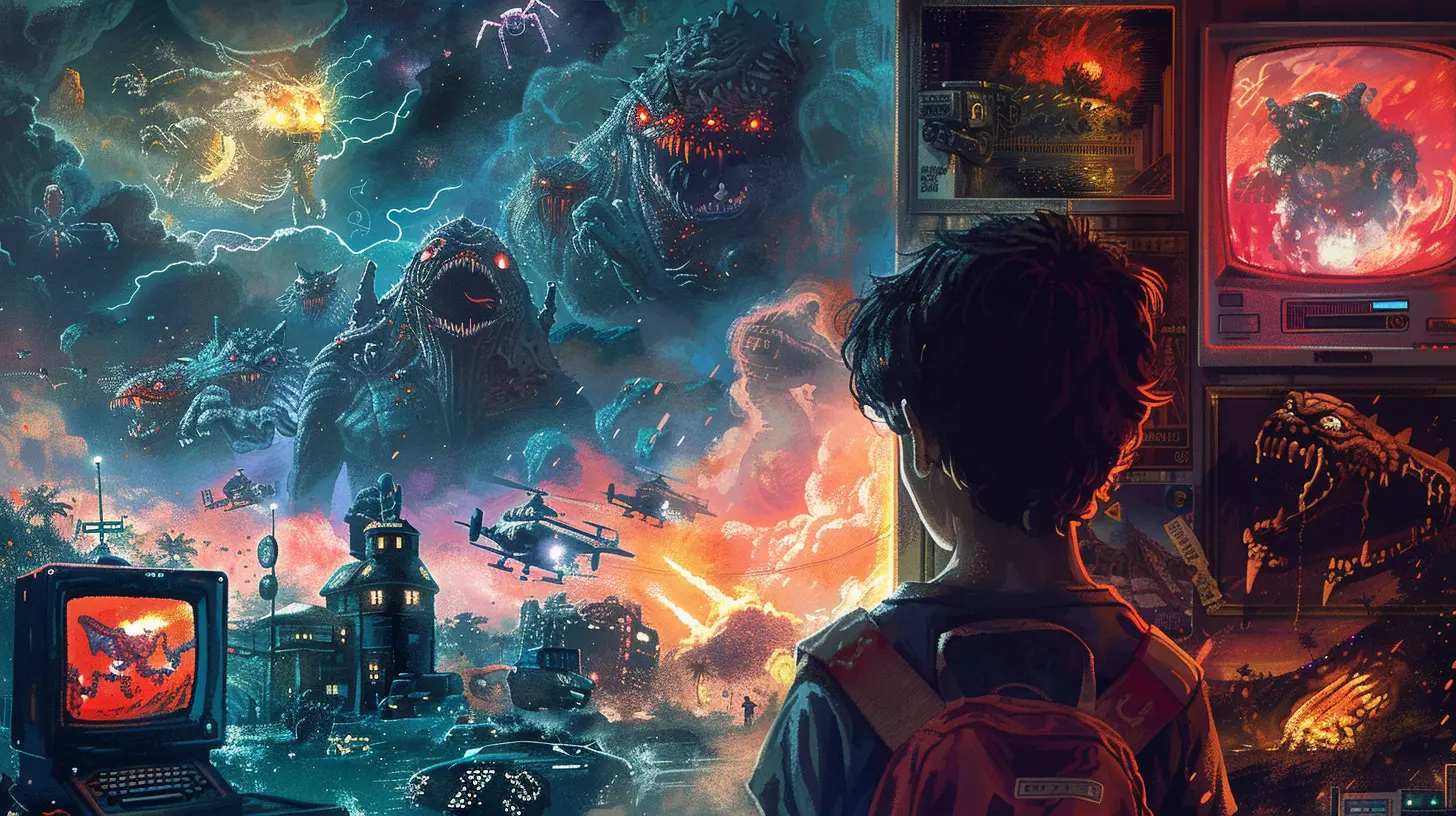
The Digital Revolution: Beyond Physical Box Art
Let’s fast forward to where we are now. Ask yourself this: when’s the last time you bought a physical game? Not as often as you used to, I’d bet. With digital downloads becoming the norm, box art has taken a bit of a backseat. But that doesn’t mean promotional materials are any less important—they’ve just evolved.Now, it’s all about key art. This is the image you see on the digital store or website when you’re about to download a game. It’s not necessarily slapped onto a box, but it serves the same purpose: grabbing your attention and screaming, “Play me!”
Social media and trailers are also hugely influential now. A great trailer or a captivating Instagram post can have as much impact as a box sitting on a store shelf once did. Think about games like “Cyberpunk 2077” or “The Legend of Zelda: Breath of the Wild.” Their promotional imagery is carefully curated, designed to work across digital platforms instead of just sitting on a box.
Trends Today: From Minimalism to Customization
Interestingly, gaming box art today has started looping back toward minimalism. Look at the covers for games like “God of War: Ragnarök” or “The Last of Us Part II.” They’re visually striking, yes, but they’re also clean and simple. No crazy fonts or distracting backgrounds—just a focus on the characters and themes.Another cool trend? Customization. With special editions and collector’s editions becoming popular, you can get steel cases, reversible covers, and even alternate art for some games. It’s like the gaming industry realized that box art isn’t just promotional—it’s collectible.
What Box Art Says About Us as Gamers
So, why does any of this matter? Because box art and promotional materials tell a story—not just about the games they represent, but about the people who play them. They reflect the trends, tastes, and technologies of each era.In the ’80s, games were all about imagination. In the early 2000s, they were about realism and innovation. Now, they’re about connection and customization. Each shift says something about who we were—and who we are—during that snapshot in time.
Final Thoughts
The evolution of video game box art and promotional materials is as much about creativity as it is about marketing. Whether it’s evoking nostalgia, showing off cutting-edge tech, or simply capturing your imagination, these little rectangles of art have done more than just sit on store shelves—they’ve become an essential part of gaming culture.So next time you boot up your favorite game, think about its cover art or promotional materials. They’re not just pictures; they’re a piece of history. Pretty cool, right?
all images in this post were generated using AI tools
Category:
Gaming HistoryAuthor:

Brianna Reyes
Discussion
rate this article
2 comments
Mistral McKnight
This article brilliantly captures the transformation of video game box art and promotional materials over the years. It highlights how design innovations reflect gaming culture, attracting players and enhancing the overall experience. A must-read for enthusiasts!
June 19, 2025 at 3:22 PM

Brianna Reyes
Thank you for your thoughtful feedback! I’m glad you enjoyed the article and found the insights on design innovations and their impact on gaming culture valuable.
Storm McGlynn
From pixelated masterpieces to glossy hyperrealism, video game box art has evolved like a chameleon in a paint factory! 🎨📦 Here's to the wild and whimsical visuals that beckon us to adventure!
June 19, 2025 at 2:43 AM

Brianna Reyes
Thank you! It's fascinating to see how video game box art reflects the changing trends in art and technology, truly capturing the spirit of each era. 🎮✨
